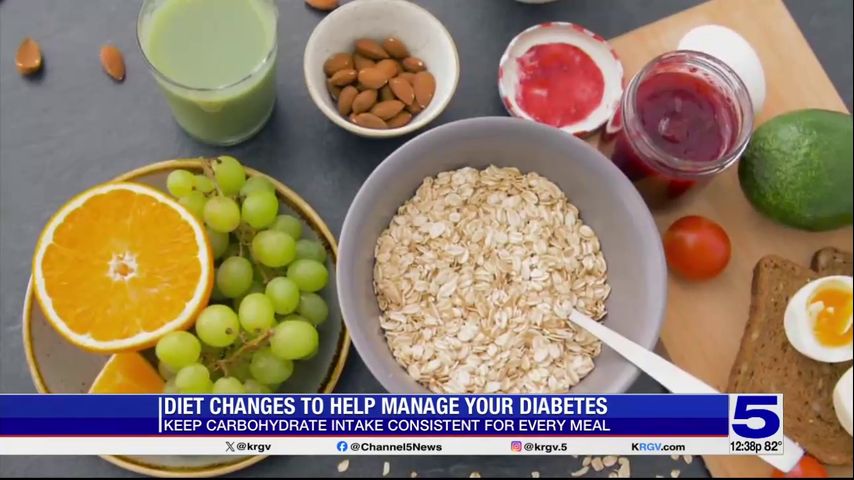Heart of the Valley: Dietician offers tips to manage diabetes
It's estimated one in three people in the Rio Grande Valley have diabetes, but simple changes to your diet can help manage this disease.
A person is diagnosed with diabetes when their blood sugar gets too high.
Type One Diabetes is diagnosed at birth and results in a person's pancreas not being able to produce insulin on its own.
FOR MORE HEART OF THE VALLEY STORIES, CLICK HERE.
Type 2 is developed over a person's life when their body isn't able to make enough insulin to keep up with high blood sugar levels.
Doctors say simple changes in your diet, like eating for fruits and veggies, is an important step in managing your blood sugar. It's one way to lower the risk for Type 2 Diabetes.
"The main thing to keep in mind trying to prevent, or even manage, diabetes is to keep your carbohydrates consistent at every meal time. So, your carbohydrates will be like your starchy foods, your milk, and your fruit," South Texas Health Systems Registered Dietician Nutritionist Valorie Ramirez said.
When you eat or drink foods that have carbohydrates, or carbs, your body breaks down those carbs into glucose, a type of sugar that our body uses for fuel to keep us going through the day.
The aim is to eat carbs that are nutrient-dense, which means they are rich in fiber, vitamins and minerals.
"You know, having a no carbohydrate diet, for example, you're limiting yourself, you know, essential nutrients, vitamins," Ramirez said.
An example of a starchy carb is whole wheat bread.
When it comes to choosing fruits, you want to pick the ones that are high in fiber, like apples or pears.
Dietitians recommend looking at food labels because it's going to tell you exactly what's in your food. The goal is to choose foods that are low in added sugars, sodium and unhealthy fats.




